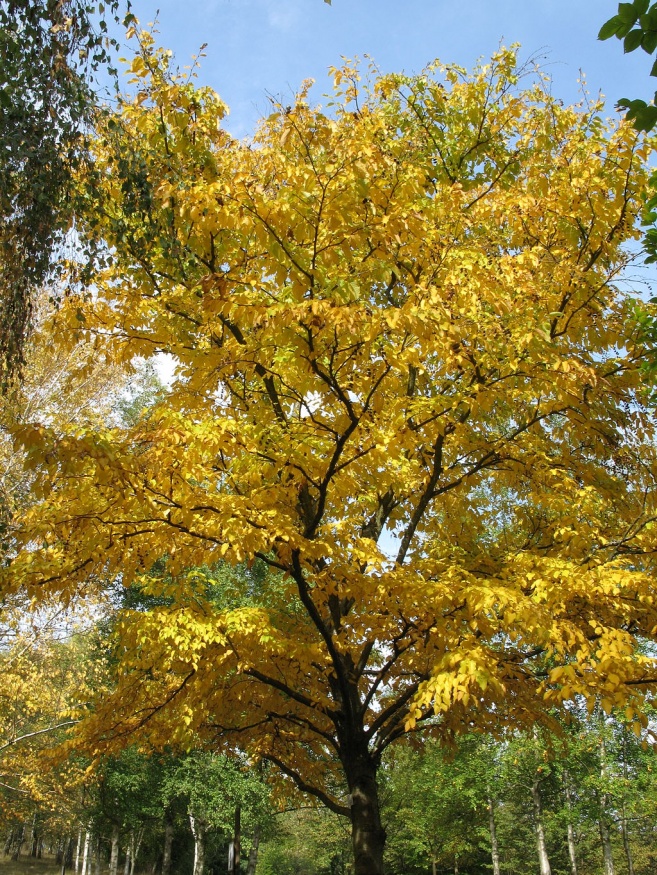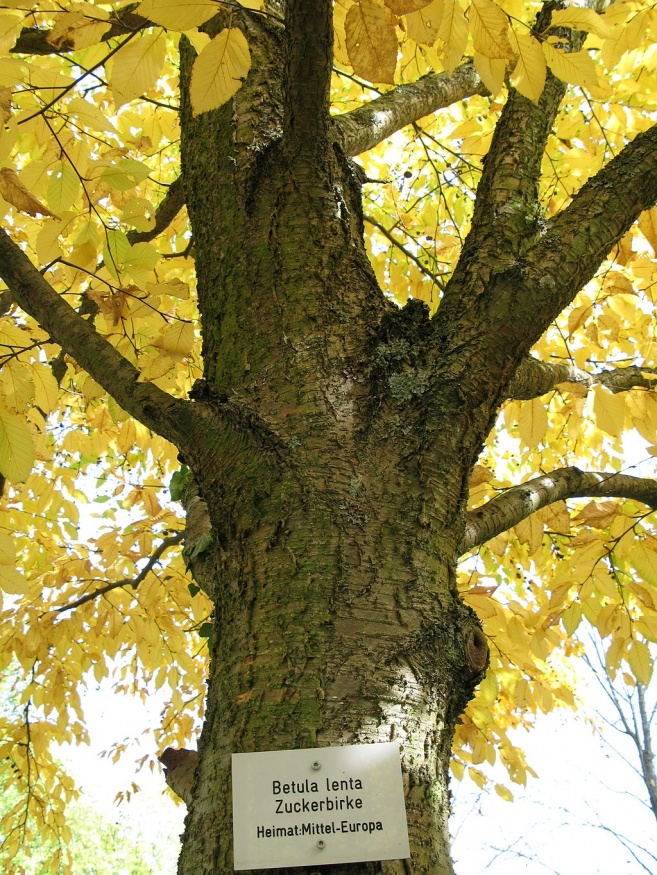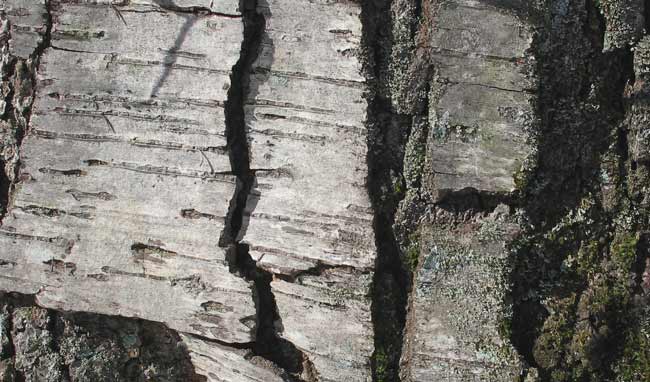Cherry Birch

Other Names: sweet birch, black birch
Family: Betulaceae Native to: Eastern North America
Hardy to zone: 3
Natural habitat: hillsides & uplands, rocky slopes
Shapes: conical, round, irregular
Height: 40-50ft
width: 35-45ft
Growth rate: medium
Unique attractions: fall colour, bark
Tolerances: black walnut
Common uses: landscaping, cityscape, specimen, naturalized plantings
Insects: aphids
Light: full sun
Soil: moist and fertile, well drained, tolerates heavy clay, ph adaptable, wet
Reproduction type: monoacious
Cherry birch is native to eastern North america, very rare and endangered in Ontario. A single population of less than 20 trees remains in Southern Ontario. The tree is typically found on well drained, moist, clay-loam sites over limestone bedrock

The name 'sweet' birch originates from the fresh wintergreen fragrance released when crushing its stems. Twigs are dark red-brown and slender. Young trees have shinny reddish brown bark with horizontal white lenticels resembling a domestic sweet cherry. Mature bark is dark and scaly.

The leaves re broadly ovate with doubly toothed margins; Green in colour, turning a nice golden yellow in the fall. Male catkins hang at branch tips and female flowers are upright along stems. Female catkins hold winged seeds which ripen in the fall.
The tree attracts songbirds and small mammals. It also serves as a larval host for butterflies. Its wood is valued as it darkens to resemble mahogany when exposed to air. Somewhat resistant to bronze birch borer and birch leaf miner, along with its bark and nice fall colour make it a good choice for landscapes.
References
The Morton Arboretum. (n.d.). Sweet birch. Retrieved from https://www.mortonarb.org/trees-plants/tree-plant-descriptions/sweet-birch
Ontario. (2019). Cherry birch (Species at Risk). Retrieved from https://www.ontario.ca/page/cherry-birch-species-risk
Yale Nature Walk. (n.d.). Black Birch. Retrieved from https://naturewalk.yale.edu/trees/betulaceae/betula-lenta/black-birch-66
Oregon State University - Landscape Plants. (n.d.). Betula lenta. Retrieved from https://landscapeplants.oregonstate.edu/plants/betula-lenta